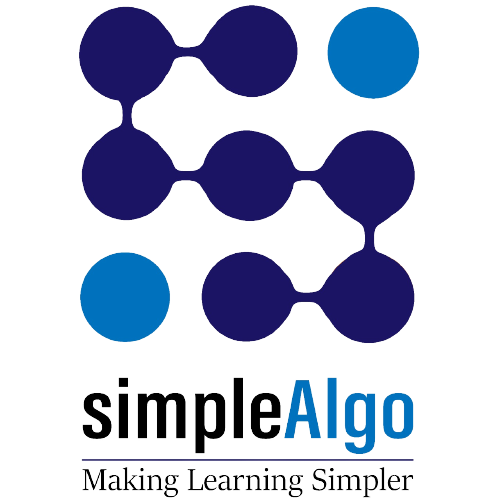Django vs Rest Framework in Python
Django and Django REST framework (DRF) are two popular Python frameworks often used for web development, but they serve different purposes. Let’s compare them:
- Django:
- Django is a high-level Python web framework that’s designed for building full-featured web applications.
- It follows the Model-View-Controller (MVC) architectural pattern, which is sometimes referred to as Model-View-Template (MVT) in Django’s context.
- Django provides built-in features for database management, authentication, templating, and more.
- It’s best suited for building monolithic web applications, content management systems (CMS), and other projects that require a comprehensive framework.
- Django’s admin interface is a powerful tool for managing the application’s data.
- While it can be used for building APIs, it’s not as lightweight and specialized as Django REST framework.
- Django REST framework (DRF):
- DRF is an extension to Django that specifically focuses on building Web APIs. It is not a separate framework but an add-on for Django.
- It provides tools and packages for easily creating RESTful APIs with features like serialization, authentication, and view classes.
- DRF is highly customizable and gives you fine-grained control over your API.
- It follows the principles of Representational State Transfer (REST), making it well-suited for building web services.
- DRF includes features like serialization, authentication, permissions, and viewsets, which simplify the process of building APIs.
When to use Django:
- Use Django when you need to build a full-fledged web application with features like user authentication, database models, templating, and more.
- It’s suitable for projects where you need a monolithic framework that covers various aspects of web development.
When to use Django REST framework:
- Use Django REST framework when you want to build a RESTful API alongside your Django application.
- It’s ideal for projects that primarily require API development, such as mobile app backends, single-page applications, or microservices.
- DRF can be integrated with existing Django applications to expose APIs.
In practice, it’s common to use both Django and DRF together. You can build your web application using Django, taking advantage of its powerful features, and then add DRF to create a dedicated API for your application. This combination allows you to build comprehensive web applications with robust APIs.
